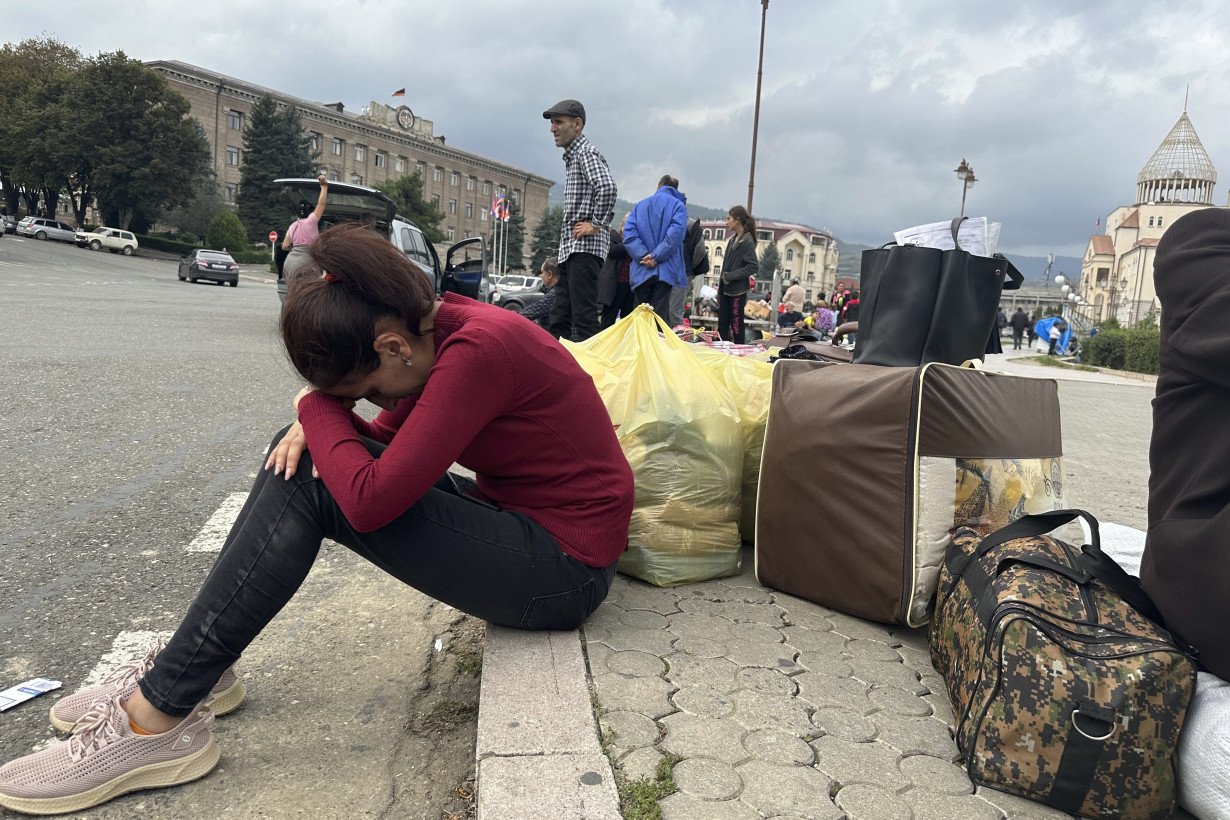YEREVAN, Armenia (AP) — The separatist government of Nagorno-Karabakh said Thursday it will dissolve itself and the unrecognized republic will cease to exist by year's end after a three-decade bid for independence, while Armenian officials said over half of the region's population has already fled.
The moves came after Azerbaijan carried out a lightning offensive last week to reclaim full control over the breakaway region and demanded that Armenian troops in Nagorno-Karabakh disarm and the separatist government disband.
A decree signed by the region’s separatist President Samvel Shakhramanyan cited a Sept. 20 agreement to end the fighting under which Azerbaijan will allow the “free, voluntary and unhindered movement” of Nagorno-Karabakh residents to Armenia.
Some of those who fled the regional capital of Stepanakert said they had no hope for the future.
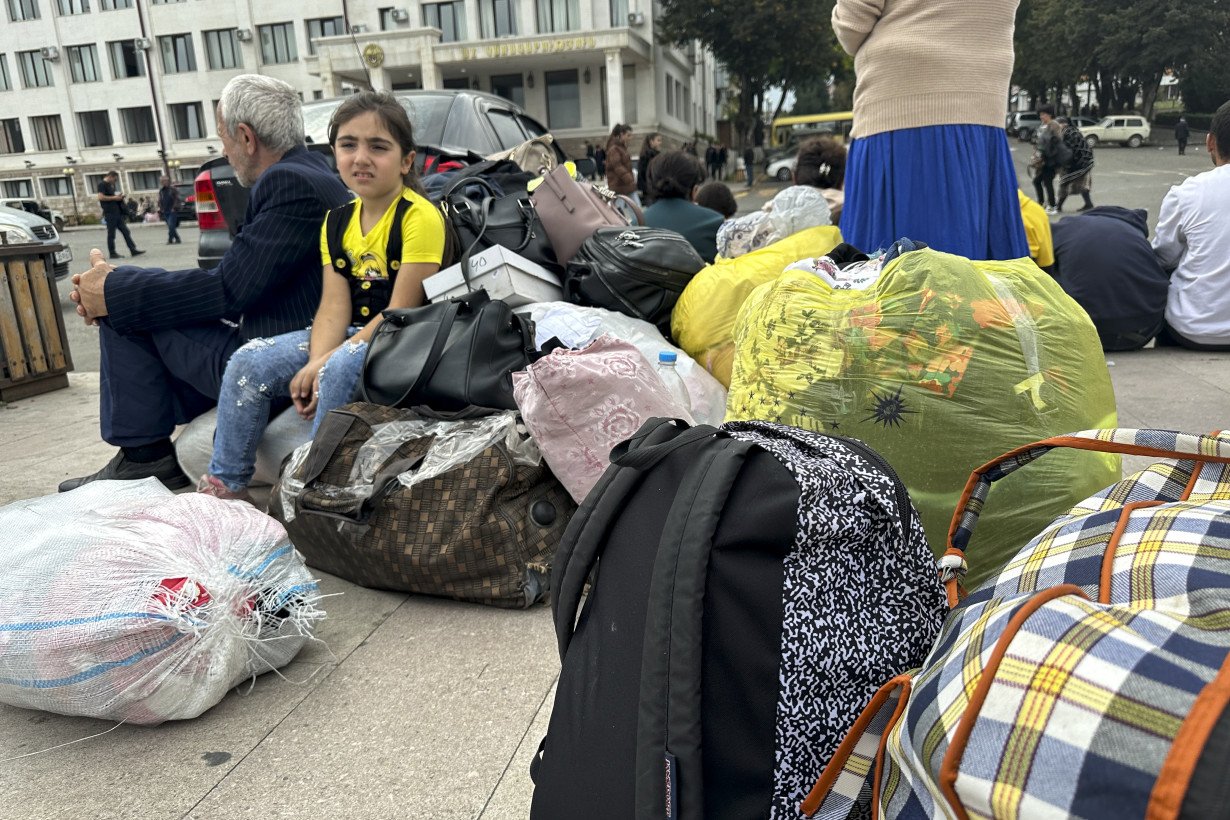
“I left Stepanakert having a slight hope that maybe something will change and I will come back soon, and these hopes are ruined after reading about the dissolution of our government,” 21-year-old student Ani Abaghyan told The Associated Press.
Lawyer Anush Shahramanyan, 30, lamented that “we can never go back to our homes without having an independent government in Artaskh," referring to Nagorno-Karabakh by its Armenian name.
The mass exodus of ethnic Armenians from the mountainous region inside Azerbaijan began Sunday. By Thursday evening, over 78,300 people — more than 65% of Nagorno-Karabakh’s population of 120,000 — had fled to Armenia, and the influx continued unabated, according to Armenian officials.
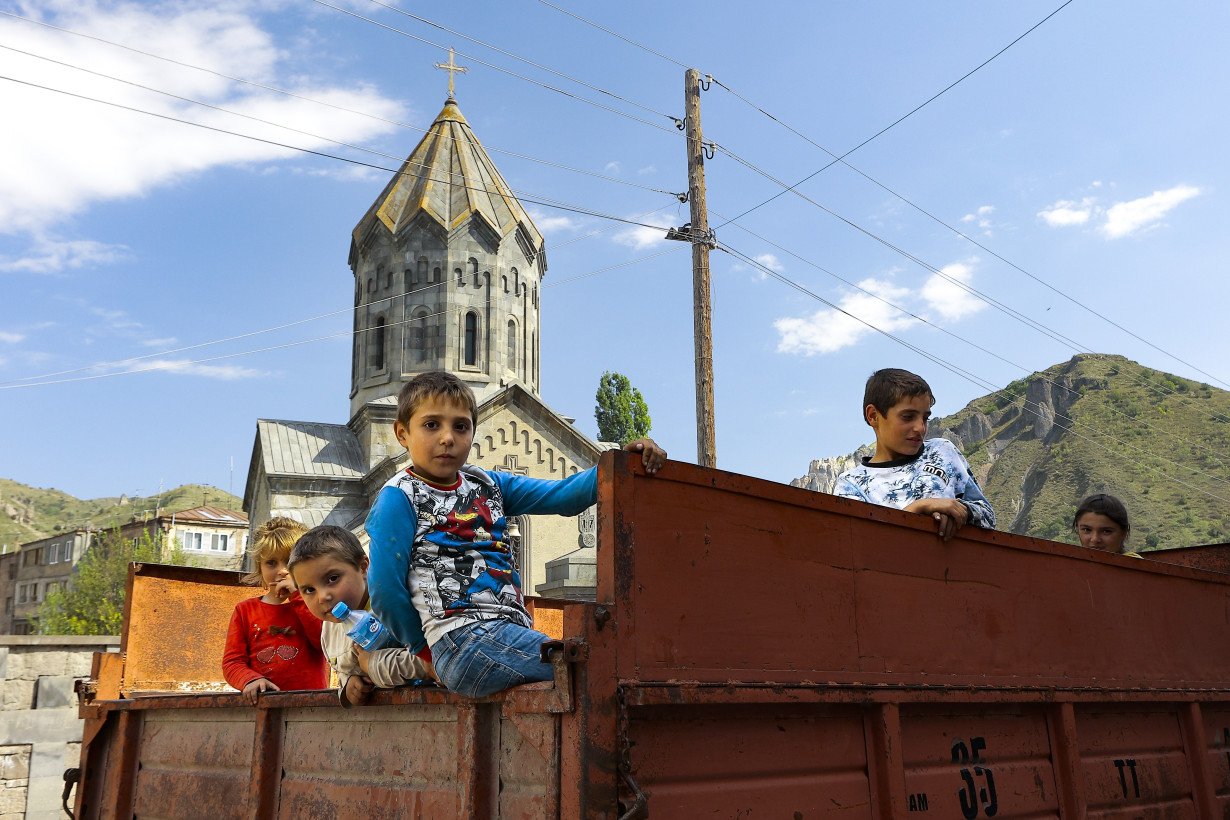
In three decades of conflict between the two countries, each has accused the other of targeted attacks, massacres and other atrocities, leaving people on both sides deeply suspicious and fearful of the other.
While Azerbaijan has pledged to respect the rights of ethnic Armenians in the region, they do not trust the authorities to treat them fairly and humanely or to grant them their language, religion and culture.
After six years of separatist fighting ended in 1994 following the collapse of the Soviet Union, Nagorno-Karabakh came under the control of ethnic Armenian forces, backed by the Armenia. Then, during a six-week war in 2020, Azerbaijan took back parts of the region in the south Caucasus Mountains along with surrounding territory that Armenian forces had claimed earlier.
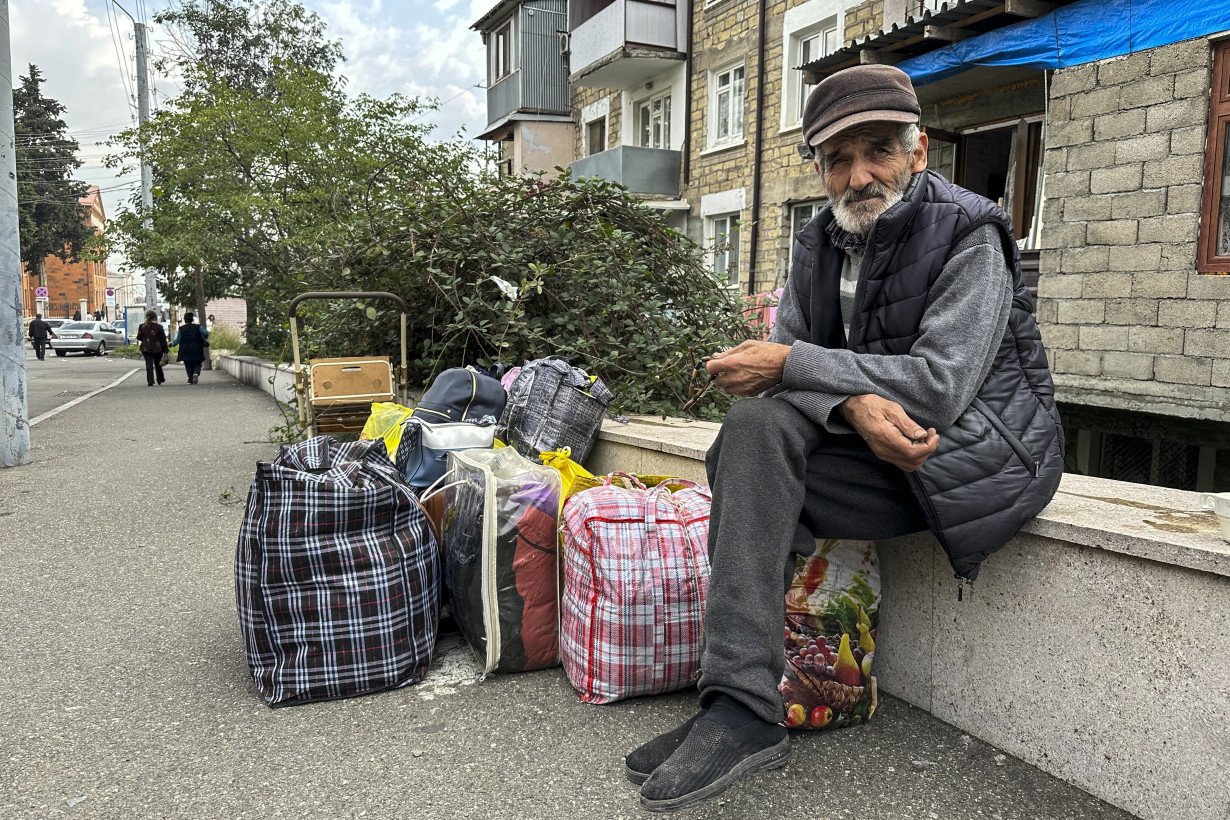
Nagorno-Karabakh was internationally recognized as part of Azerbaijan's sovereign territory.
In December, Azerbaijan blockaded the only road connecting Nagorno-Karabakh with Armenia, alleging the Armenian government was using it for illicit weapons shipments to the region’s separatist forces.
Armenia alleged the closure denied basic food and fuel supplies to Nagorno-Karabakh. Azerbaijan rejected the accusation, arguing that the region could receive supplies through the Azerbaijani city of Aghdam — a solution long resisted by Nagorno-Karabakh authorities, who called it a strategy for Azerbaijan to gain control of the region.

Weakened by the blockade and with Armenia's leadership distancing itself from the conflict, ethnic Armenian forces in the region agreed to lay down arms less than 24 hours after Azerbaijan began its offensive last week. Talks have begun between officials in the Azerbaijani capital of Baku and Nagorno-Karabakh's separatist authorities on “reintegrating” the region into Azerbaijan.
Azerbaijani authorities have pledged to respect the rights of ethnic Armenians in the region and restore supplies, but tens of thousands of Nagorno-Karabakh's residents have fled to Armenia, fearing reprisals. The only road to Armenia quickly filled with cars, creating a massive traffic jam on the winding mountain road.
It took Abaghyan, the student, three days to get to Armenia from Stepanakert, a distance of about 50 miles (80 kilometers).

Shahramanyan spent 30 hours on the road and still had half the journey ahead of her Thursday.
She said that for her and her family, living in Nagorno-Karabakh will be impossible under Azerbaijan rule because she believes their basic rights will be violated.
“No power in the world is willing to stop the atrocities of Azerbaijan. What can any Armenian hope for under the control of that genocidal state?” she said.
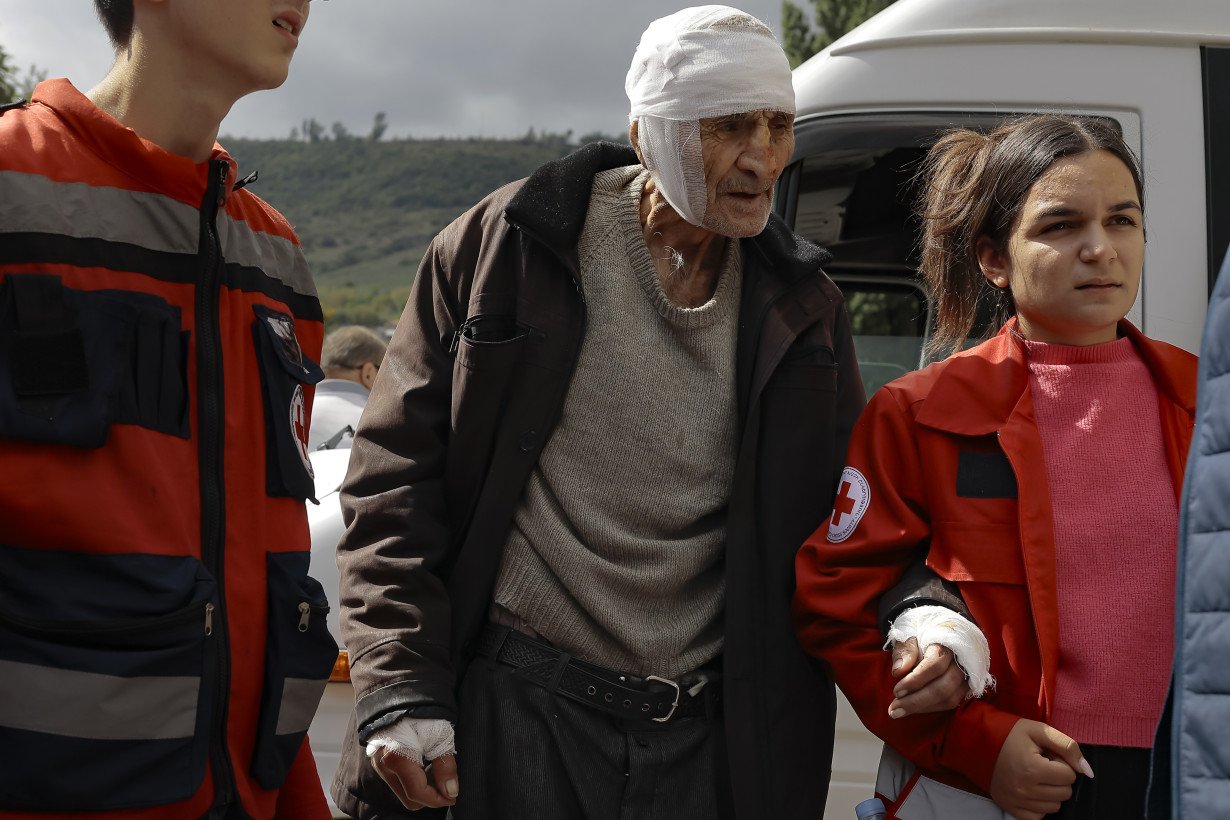
Azerbaijan's military last week accused Nagorno-Karabakh residents of burning down their homes in Martakert, a town in the north of the region that until the last week's offensive remained under the control of ethnic Armenian forces. Their claims could not be independently verified. But that is something that also happened in 2020 when people fled territories taken over by Azerbaijan.
On Monday night, a fuel reservoir exploded at a gas station where people lined up for gas to fill their cars to flee to Armenia. At least 68 people were killed and nearly 300 injured, with over 100 others still considered missing after the blast that exacerbated fuel shortages that were already dire after the blockade.
It's unclear how many ethnic Armenians will remain in the region. Nagorno-Karabakh authorities previously predicted that most of the population will leave.
In Yerevan, Armenian Prime Minister Nikol Pashinyan said that “in the coming days, there will be no Armenians left in Nagorno-Karabakh.”
“This is a direct act of an ethnic cleansing and depriving people of their motherland, exactly what we’ve telling the international community about,” he said.
Azerbaijan’s Foreign Ministry strongly rejected Pashinyan’s accusations, accusing him of “seeking to disrupt Azerbaijan’s efforts to provide humanitarian assistance and the reintegration process" and undermining prospects for negotiating a peace treaty between the two countries.
“Pashinyan knows well enough that the current departure of Armenians from Azerbaijan’s Karabakh region is their personal and individual decision and has nothing to do with forced relocation,” the ministry said.
It urged the Armenian population of the region “not to leave their places of residence and become part of the multinational Azerbaijan.”
Azerbaijani authorities said they were sending 30 buses to Stepanakert at the request of “the Armenian residents” for those who don’t have cars but want to go to Armenia.
Armenia has set up two main centers in the cities of Goris and Vayk to register and assess the needs of those fleeing Nagorno-Karabakh. The government is offering accommodations to anyone who doesn't have a place to stay, although only about 14,000 of the 70,500 people who have crossed into the country — under 20% — applied for it.
“The accommodation suggested by the government is mostly in the border villages, where people face serious security issues due to the periodic shootings by Azerbaijan. Besides, finding a job is difficult,” said Tatevik Khachatrian, who arrived Thursday. She said she and her family will stay with relatives in Yerevan before trying to rent an apartment.
On Thursday, Azerbaijani authorities charged Ruben Vardanyan, the former head of Nagorno-Karabakh's separatist government, with financing terrorism, creating illegal armed formations and illegally crossing a state border. A day earlier, he was detained by Azerbaijani border guards as he was trying to leave Nagorno-Karabakh for Armenia along with tens of thousands of others.
Vardanyan, a billionaire who made his fortune in Russia, was placed in pretrial detention for at least four months and faces up to 14 years in prison. His arrest appeared to indicate Azerbaijan’s intent to quickly enforce its grip on the region.
Another top separatist figure, Nagorno-Karabakh's former foreign minister and now presidential adviser David Babayan, said Thursday he will surrender to Azerbaijani authorities who ordered him to face a probe in Baku.
“My failure to appear, or worse, my escape, will cause serious harm to our long-suffering people, to many people, and I, as an honest person, hard worker, patriot and a Christian, cannot allow this,” Babayan said.
___
Associated Press writers Dasha Litvinova in Tallinn, Estonia, and Aida Sultanova in London contributed.

 UK inflation unexpectedly eases in December, which could reduce pressure in bond markets
UK inflation unexpectedly eases in December, which could reduce pressure in bond markets
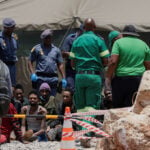 Body count from South African mine siege rises to 60
Body count from South African mine siege rises to 60
 US importers rush in goods from China as Trump tariff threat looms
US importers rush in goods from China as Trump tariff threat looms
 Novak Djokovic breaks a tie with Roger Federer for the most Grand Slam matches in tennis history
Novak Djokovic breaks a tie with Roger Federer for the most Grand Slam matches in tennis history
 China's RedNote: what you need to know about the app TikTok users are flocking to
China's RedNote: what you need to know about the app TikTok users are flocking to
 British author Neil Gaiman denies ever engaging in non-consensual sex as more accusers come forward
British author Neil Gaiman denies ever engaging in non-consensual sex as more accusers come forward
